You can refer to the following methods to speed up the training of autoregressive models for text generation:
- Mixed Precision Training: Reduces memory usage and speeds up training by using lower precision (e.g., FP16) without a significant loss in accuracy.
- The code below uses Mixed precision to reduce computation time and memory by using lower precision without major accuracy loss.
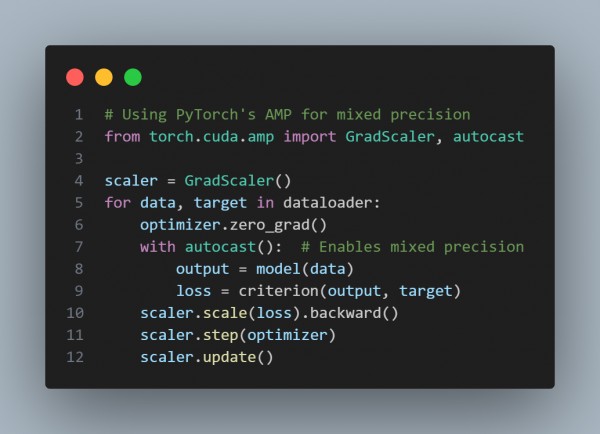
- Gradient Accumulation: Accumulates gradients over several batches to simulate a larger batch size without increasing memory usage.
- The code below simulates larger batch sizes by accumulating gradients, reducing memory needs per batch.
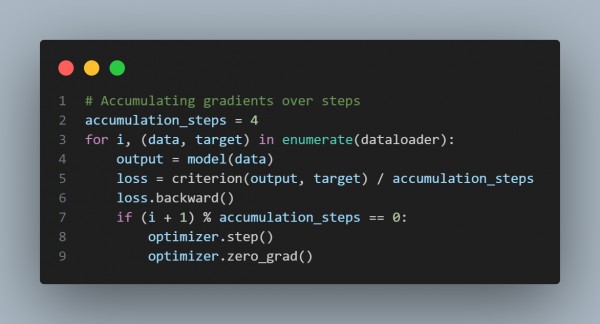
- Sequence Length Truncation: Truncate input sequences to a maximum length, reducing computation on long inputs that contribute less to training.
- The code below reduces memory usage by not storing intermediate activations and recomputing them as needed.
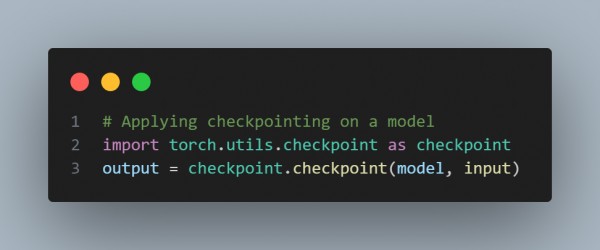
- Data Parallelism: Distribute data across multiple GPUs to process batches in parallel, speeding up training.
- The code below avoids redundant calculations by reusing cached tokens in an autoregressive generation.
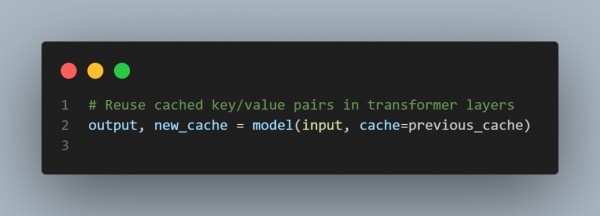
- Gradient Checkpointing: It saves memory by trading some compute: it recomputes certain layers in the backward pass rather than storing intermediate activations.
- The code below parallelizes training across GPUs, allowing larger batches and reducing time.
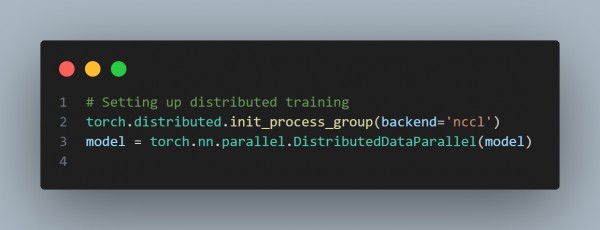
Hence, using these practical methods, you can speed up the training of autoregressive models for text generation.
 REGISTER FOR FREE WEBINAR
X
REGISTER FOR FREE WEBINAR
X
 Thank you for registering
Join Edureka Meetup community for 100+ Free Webinars each month
JOIN MEETUP GROUP
Thank you for registering
Join Edureka Meetup community for 100+ Free Webinars each month
JOIN MEETUP GROUP